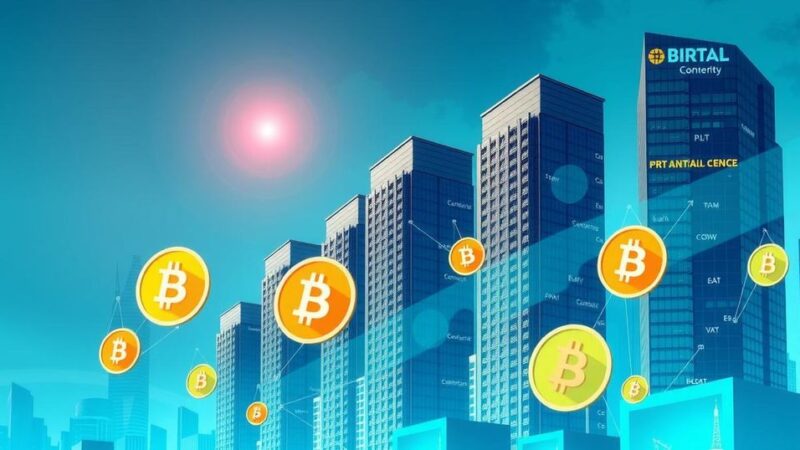Brazil’s economic slowdown has prompted market expectations for lower interest rates, especially after recent GDP data. While the Central Bank’s Selic rate may decline from 13.25%, concerns about inflation and fiscal policy continue. Financial institutions are exploring strategies to capitalize on these changes, suggesting the potential for a more favorable interest rate environment in the future.
The recent slowdown in Brazil’s economy has shifted market sentiment towards expectations of lower future interest rates. This change has gained momentum, particularly following the release of fourth-quarter GDP data. Despite the dollar’s exchange rate falling below R$5.8, long-term interest rates remain near the critical 15% mark, indicating persistent risk premiums in the market.
In light of these developments, some market participants suggest that the Central Bank may conclude its current monetary tightening sooner than projected. Speculation arises that the benchmark Selic rate, presently at 13.25%, may begin to decrease within the year. Concurrently, asset management firms such as Legacy Capital are adopting strategies designed to leverage the anticipated decline in interest rates.
Gustavo Pessoa, a partner at Legacy Capital, emphasizes the significant interest rate differential between Brazil and other nations, fostering opportunities for carry trades. He posits that, while high inflation remains a concern, the economic slowdown might ease future inflation pressures. Mr. Pessoa predicts the Selic rate will peak around 14.75%, assisting in stabilizing the currency and moderating economic growth.
In addition to private firms, several banks have initiated positions favoring lower interest rates. The latest GDP figures, which reveal a decline in household consumption, fuel these banks’ dovish perspectives regarding future interest rates. For instance, Bank of America has opened positions in long-term Brazilian interest rates, reinforcing its belief in a declining rate environment attributable to various economic factors.
Bank of America analysts forecast a Selic rate of 15.25% will suffice for disinflation, paving the way for subsequent rate cuts. They predict the Interbank Deposit rate could decrease significantly, coupled with their recommendation to invest in long-term bonds. The bank warns, however, that external pressures and volatile public spending may risk these projections.
Some institutions, like Bradesco, maintain forecasts supporting a steady Selic trajectory of 15.25%, with easing anticipated towards 2025, following the effects of monetary tightening. On the other hand, Natixis entertains the possibility that upcoming rate hikes could be less than 100 basis points due to the global economic deceleration, particularly the slowdown in the U.S.
Deutsche Bank concurs that global uncertainties might influence Brazil’s monetary policy direction, suggesting that conditions are ripe for a weaker dollar and potential rate adjustments. Nonetheless, they caution that high inflation expectations may necessitate further tightening, maintaining a cautious stance on the overall economic outlook.
This article underscores the evolving landscape of Brazil’s monetary policy as external and domestic factors shape expectations for interest rates. Market participants are closely analyzing the interplay of economic indicators, interest rate differentials, and fiscal policies as they navigate toward anticipated changes in financial conditions.
In conclusion, Brazil’s economic slowdown has instigated market speculation about lower interest rates, influenced by recent GDP data and an existing high interest rate environment. Financial institutions are adopting varying positions regarding future interest rate trajectories, reflecting a consensus on potential declines. Nevertheless, concerns surrounding inflation and fiscal policies remain prevalent, necessitating careful consideration of both domestic and global economic conditions.
Original Source: valorinternational.globo.com






